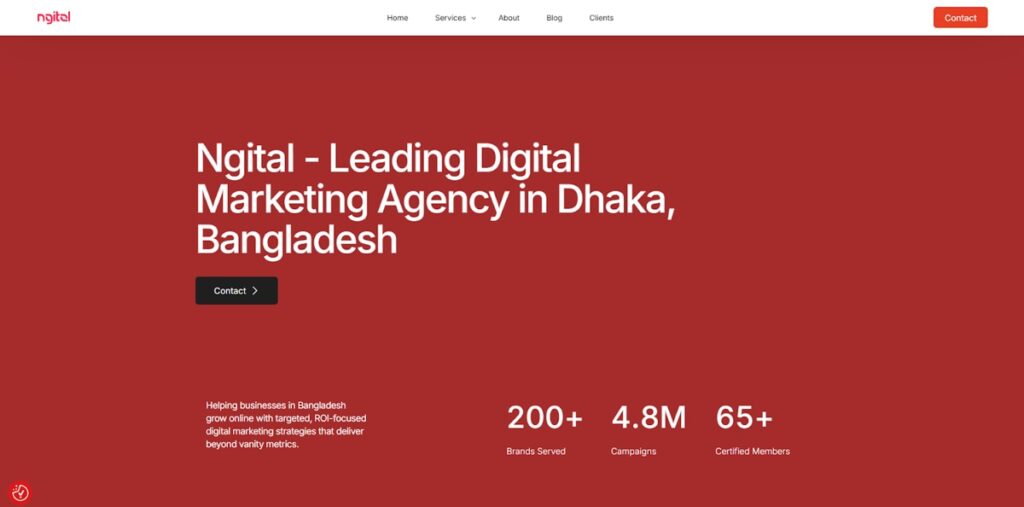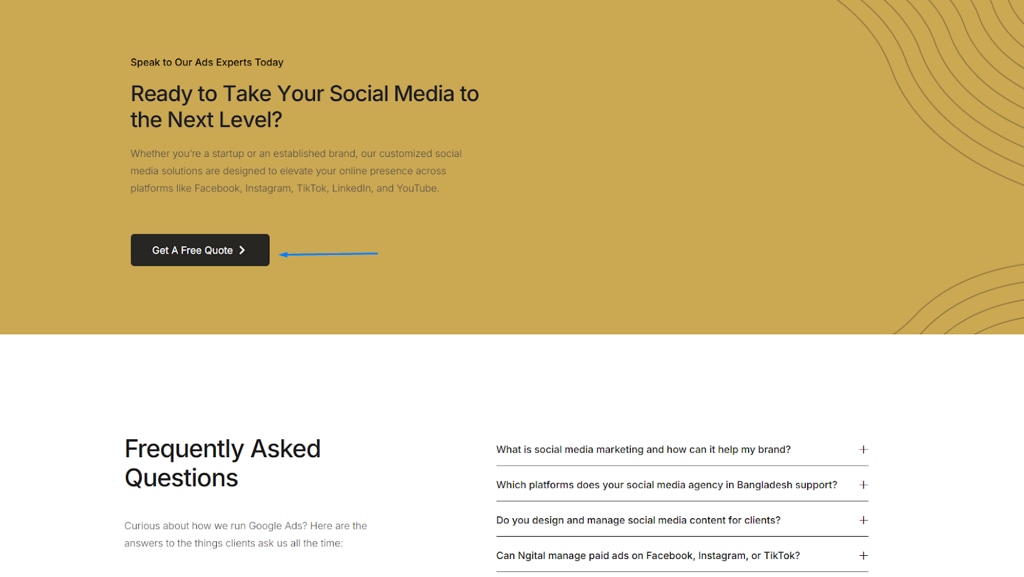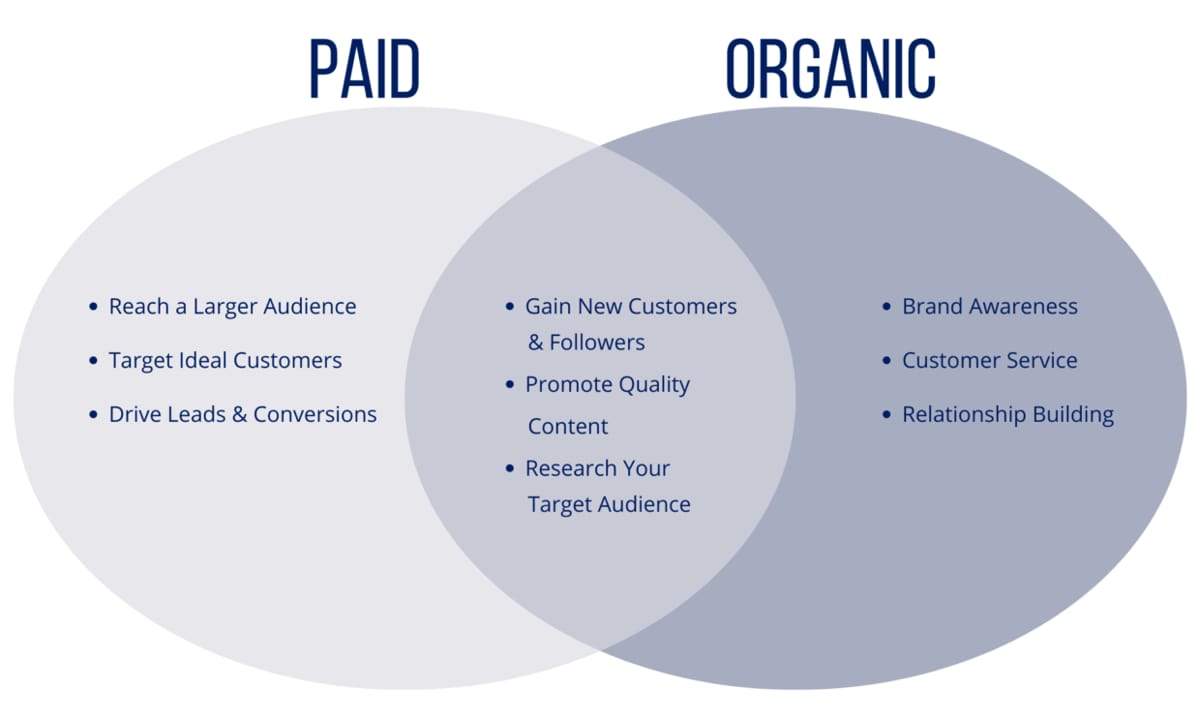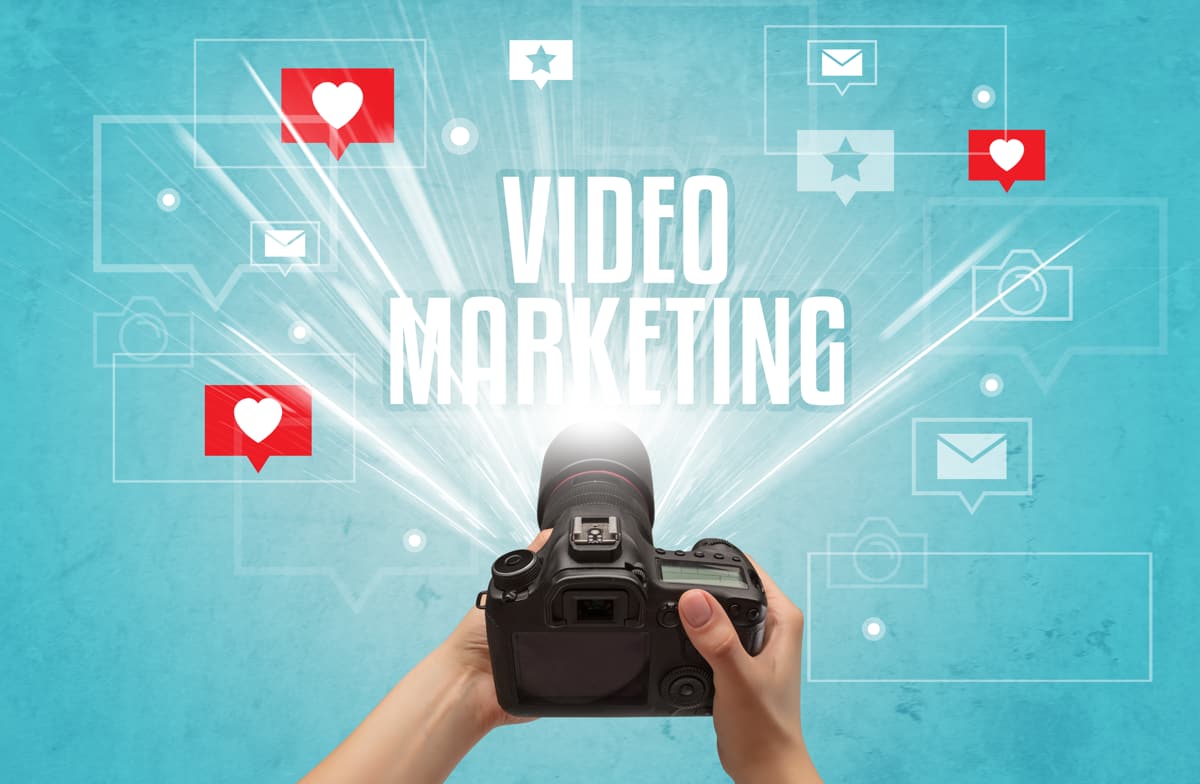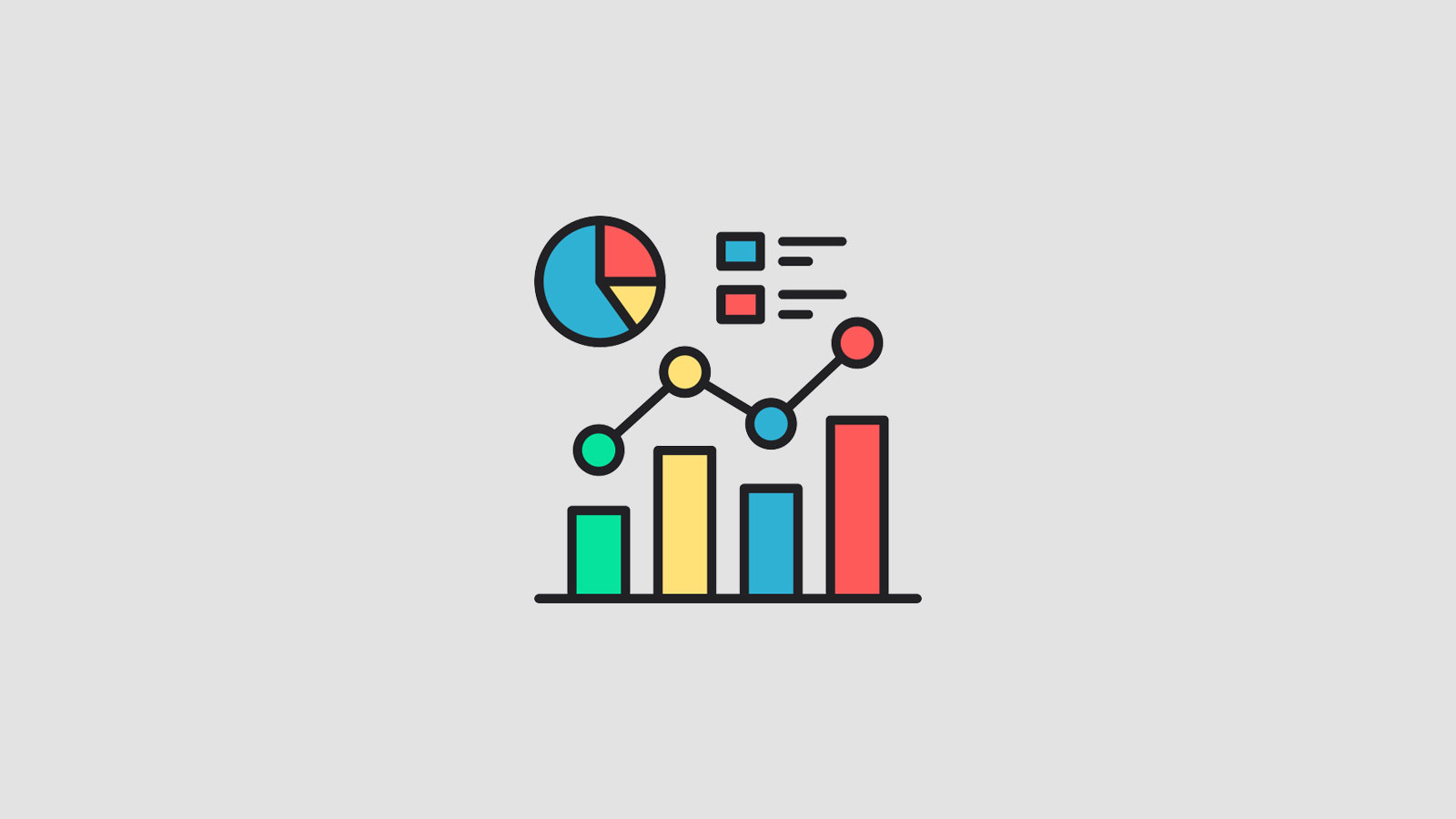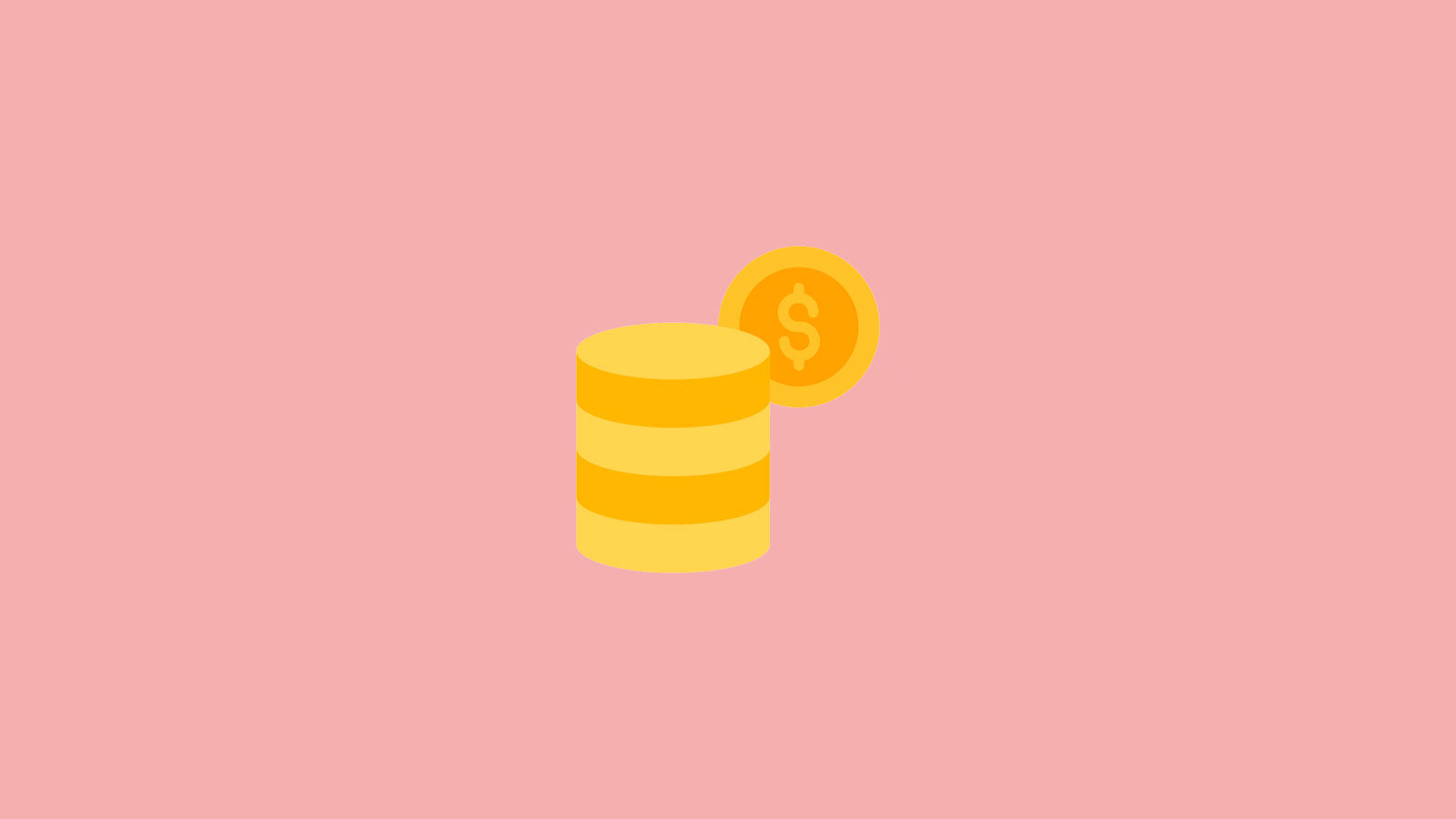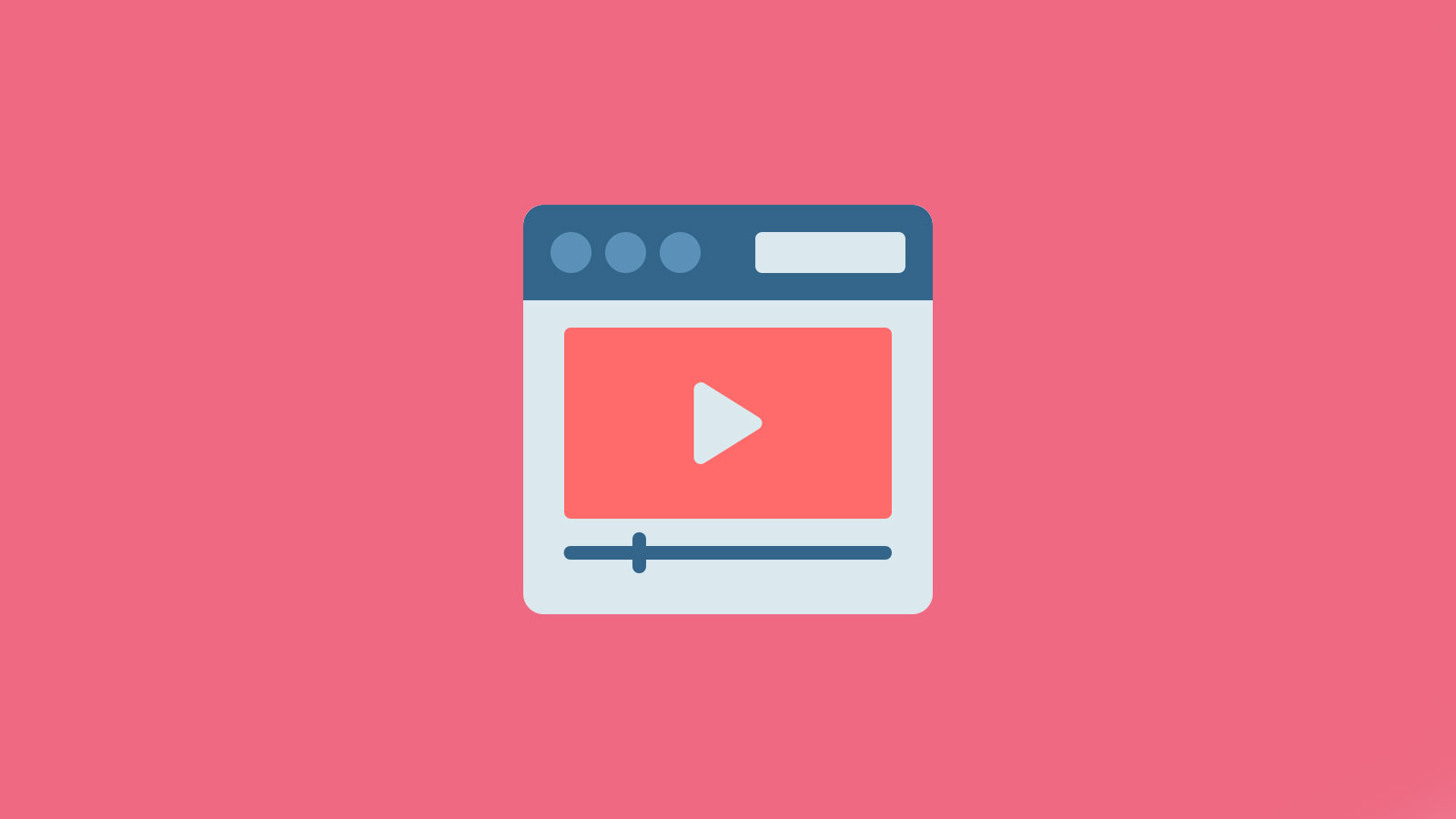All businesses are trying to get customers’ attention. You’re paying for ads, social media campaigns, and other marketing efforts to get people to visit your website. But what happens when people actually get to your site? Are they becoming customers, or are they just looking around and leaving?
This is where Conversion Rate Optimization (CRO) can help you a lot. Most businesses want to get more visitors, but smart businesses want to turn the visitors they already have into customers. The result? A huge increase in ROI without spending more on marketing.
We’ll show you everything you need to know about CRO and how it can make your business more profitable in this blog. You’ll learn tried-and-true methods, things to stay away from, and things you can do right now. Let’s get started.
Table of Contents
ToggleWhat Is Conversion Rate Optimization?
Conversion Rate Optimization is the planned way to get more people who visit your website to do what you want them to do. Conversions are different for each business model.
For an online store, it could be finishing a purchase. For a business that provides services, it could be filling out a contact form or making an appointment. Signing up for a free trial could be a good way for a SaaS company to get customers.
Conversion Rate = (Number of conversions / Total number of visitors) X 100%
If 1,000 people visit your website and 50 of them buy something, your conversion rate is 5%.
But CRO is more than just adding up numbers. It’s about figuring out how users act, finding the places where they get stuck, and getting rid of the things that keep them from becoming customers. It’s a mix of psychology, science, and art.
The Direct Connection Between CRO and ROI
The link between CRO and ROI is simple but strong. When you raise your conversion rate, you’re basically getting more out of every dollar you spend on marketing. This is why CRO is such a big deal for your bottom line.
Increasing Revenue without Spending More on Traffic
If your website currently converts at 2%, it means you spend $10,000 a month on ads to attract 10,000 visitors. You spend $50 on ads for each conversion, and you receive 200 conversions every month.
Now, think about how you could double your conversion rate to 4% with CRO. Now, with the same $10,000 investment, you’re getting 400 conversions, which lowers your cost per conversion to $25.
This isn’t just a theory. Businesses that regularly use strategic CRO methods often see their ROI go up by more than 223%. CRO makes all of your current marketing efforts work better without you having to spend more money on ads.
Increasing the Value of Long-Term Customers
CRO doesn’t just change conversions right away. You can build stronger relationships with your customers by making things better for them. This means that over time, customers will spend more money because they will keep buying from you, spend more on each order, and stay loyal to your brand.
Keeping just 5% more customers can boost profits by 25% to 95%. CRO helps with this by making users’ experiences better, which makes them want to tell others about your business and come back.
Better Use of the Budget
One of the best things about CRO is that it helps you get more out of your marketing budget. Instead of always spending money to get new visitors, you’re making the most of the ones you already have. This makes it easier to understand how the business generates revenue and keeps it stable.
Comprehensive CRO Strategies for Maximum ROI
Now that we know the basics, let’s look at the specific methods that can raise your ROI with conversion rates.
1. Website Design and User Experience Optimization
The most important factor in getting people to convert is the appearance of your website. If the site is poorly built, even the best marketing initiatives can fail. On the other side, a well-designed website can turn average traffic into great outcomes.
Simple & Clear Design
To optimize your design effectively, you need to know that every part of your page either helps or hurts conversions. Begin with things that are easy to understand. Visitors are often overwhelmed by cluttered websites and fail to take the desired action. A clean, focused design naturally leads users to your conversion goals.
Visual Hierarchy
Visual hierarchy is very important for guiding attention. Use size, color, and placement wisely to draw attention to your most important parts, especially calls to action. Your visitors’ eyes should naturally flow from your headline to your value proposition to your CTA without confusion or distraction.
Mobile Optimization
Mobile commerce is increasing quickly; therefore, it’s crucial to make sure that your site performs properly on all devices. A lot of brands and businesses take the mobile-first approach, as most of their traffic comes from mobile devices.
Loading Speed
The speed at which a page loads is incredibly essential because it influences both the conversion rate and the user experience. Websites that load in one second generate 2.5 to 3 times as many conversions as those that take five seconds. A delay of only one second can lower conversions by 7%. Work on image compression, code minification, caching, and content delivery networks (CDNs) to make loading times faster.
2. Content and Messaging Optimization
Your content is where psychology and conversion come together. The words you choose, how you organize information, and the feelings you create are all very important in getting visitors to convert.
Your headlines are the first thing most people see, so start with them. They have a big impact on whether or not people will stay on your page. Good headlines are clear, focus on the benefits, and are directly tied to what made the viewer come to your page. They should instantly show how beneficial and vital they are.
The main question that every visitor has is “What’s in it for me?” Your body content should answer this question. This means outlining what you offer, answering common questions, and pointing out what makes your offer stand out. To make text easier to read, use subheadings, short paragraphs, and white space.
Directly addressing the problems that users have in your content builds trust and connection. People are more likely to believe you can help them when they feel like you understand them. Use words that your target audience understands and that show how they think about the problems they face.
3. Call-to-Action Enhancement
Your calls to action are what turn interest into action. Weak CTAs can stop people from converting, even if everything else on your page is great.
Strong action verbs that make it clear what visitors should do are the first step to good CTAs. Use specific, benefit-focused phrases like “Get My Free Guide,” “Start My Trial,” or “Book My Consultation” instead of general terms like “Submit” or “Click Here.”
Color psychology and visual design have a big effect on how well CTAs work. Your CTA buttons should be easy to see on your page, but they should also fit in with the rest of your design.
Placement is very important. Your main call to action (CTA) should be above the fold, but you shouldn’t only have one. After you’ve given people good reasons to act, like by listing benefits or showing social proof, include CTAs. Having more than one CTA on your page gives visitors more chances to convert as they move through it.
Personalization can make CTAs work much better. Personalized CTAs work up to 202% better than generic ones. Make your CTAs more relevant and interesting by using what you know about your visitors, like where they are, how they got to your site, or what they do there.
4. Form and Checkout Process Optimization
Forms are very important for getting people to buy something, but they are also where you lose the most potential customers. Every field you add and every step in your process gives visitors a chance to leave.
The most fundamental rule for making forms better is to only ask for what you absolutely need. Sometimes, all you need to build an email list is an email address. You may always learn more about each other later.
If your forms are long, you might want to use multi-step processes with progress bars. When users fill out forms that are divided up into smaller, easier-to-handle pieces, they feel less stressed. There may even be a higher rate of finishing than when they fill out one long form. Users can see how much work they have to do and how close they are to finishing with progress indicators.
E-commerce companies should pay special attention to the checkout process. Unexpected costs, hard-to-use navigation, having to create an account, and worries about security are all big reasons why people don’t convert. Give guests the option to check out as guests, show all costs up front, offer different ways to pay, and make sure security badges and guarantees are easy to find.
To make things easier, turn on autofill wherever you can. Modern browsers can fill in common fields like names, addresses, and payment information on their own. This makes things faster and easier for users.
5. Social Proof and Trust Signal Implementation
The most critical element for online sales is trust. People who come to your site need to know that your business is real, that your product works as promised, and that their private information will be safe. And you need to show them your brand’s social proof and trust signals to help them believe you.
Testimonials & Reviews
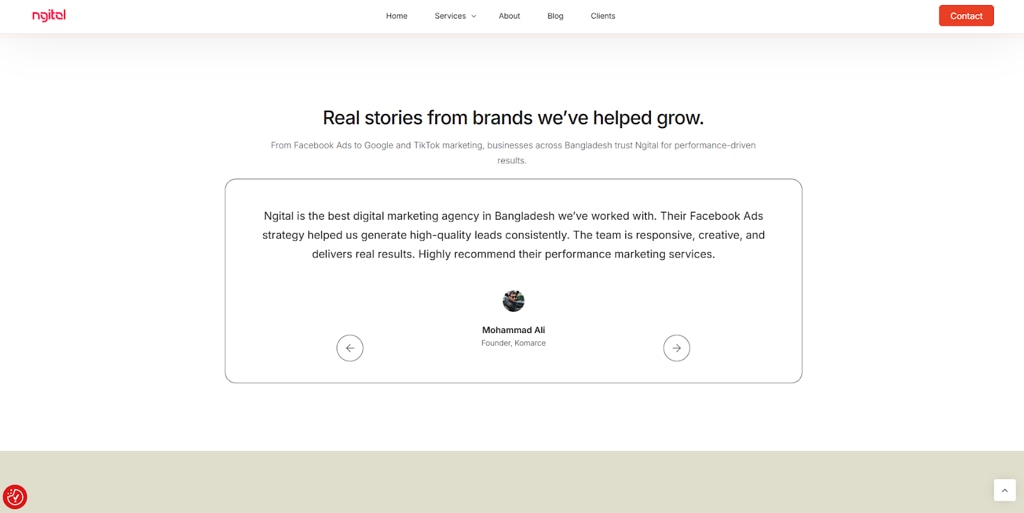
One of the best ways to show that people can trust you is to have reviews and testimonials from customers. About 88% of people trust what other customers say about a product, and nearly 99.99% read reviews before they buy. Don’t just put in reviews; make them stand out and easy to read. Video testimonials can be quite beneficial because they seem more real and intimate.
Trust Signals
Make sure that security badges, certificates, and trust seals are easy to see, especially on forms and checkout pages where consumers are handing you personal information. Visitors feel protected when they see SSL certificates, links to privacy policies, and trademarks of well-known payment processors.
Social Proof Statistics
Usage statistics and social proof signs like “Join 50,000+ happy customers” or “Downloaded by 100,000+ professionals” can be quite helpful. These numbers suggest that a lot of other people have liked what you have to offer, which is social proof.
Case Studies
In-depth success stories and case studies are stronger evidence of what you can do. Testimonials are proof that other people have used the product, but case studies illustrate real results and help people see how they could be successful too.
6. Urgency and Scarcity Tactics
If you make things appear urgent, visitors might want to act right away instead of waiting to decide. But you have to be honest when you apply such techniques to retain your credibility.
People feel like they need to move fast when there are countdown timers for discounts that only last a limited period. When customers watch the time ticking down, they are more likely to make immediate choices instead of leaving to “think about it.” This is especially useful for sales, limited-time offers, or bonuses that are only available for a short period.
“Only 3 left in stock” or “Limited quantities available” are examples of inventory-based scarcity that make users worry they may lose out. This plan works because it makes people assume that the chance might not be there if they wait.
Urgency that comes from the season or an event can be quite effective. Short-term sales that are tied to holidays, anniversaries, or industry events make sense and provide people with solid reasons to act swiftly.
The key to making urgency work is to be authentic. Fake countdown clocks or fake scarcity might damage your brand’s credibility and reputation. Only use these tactics when you truly need to.

